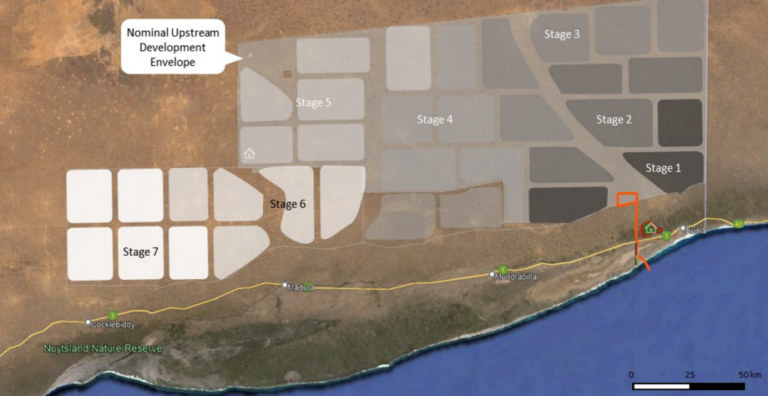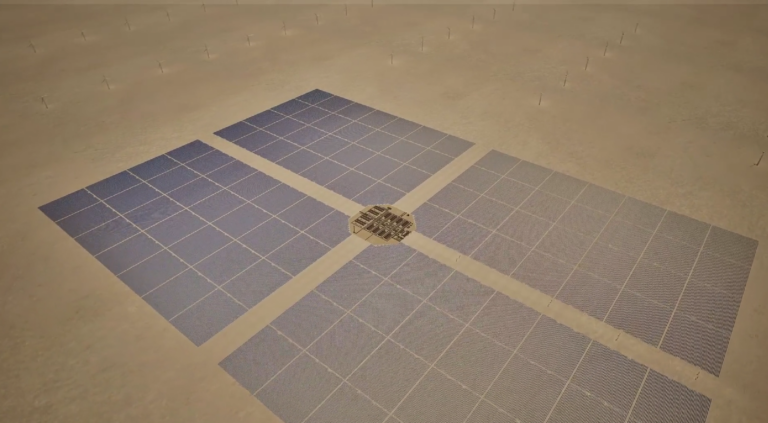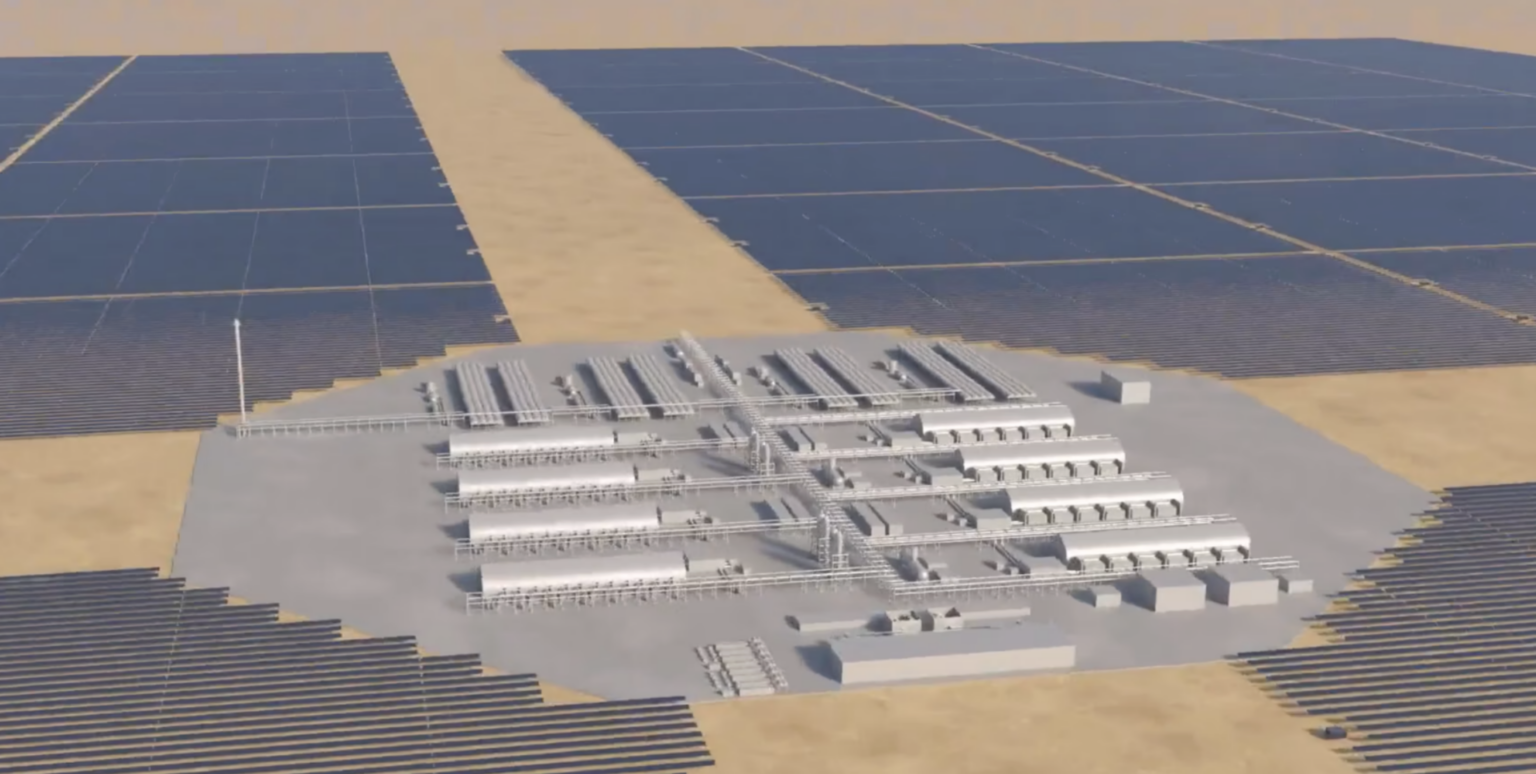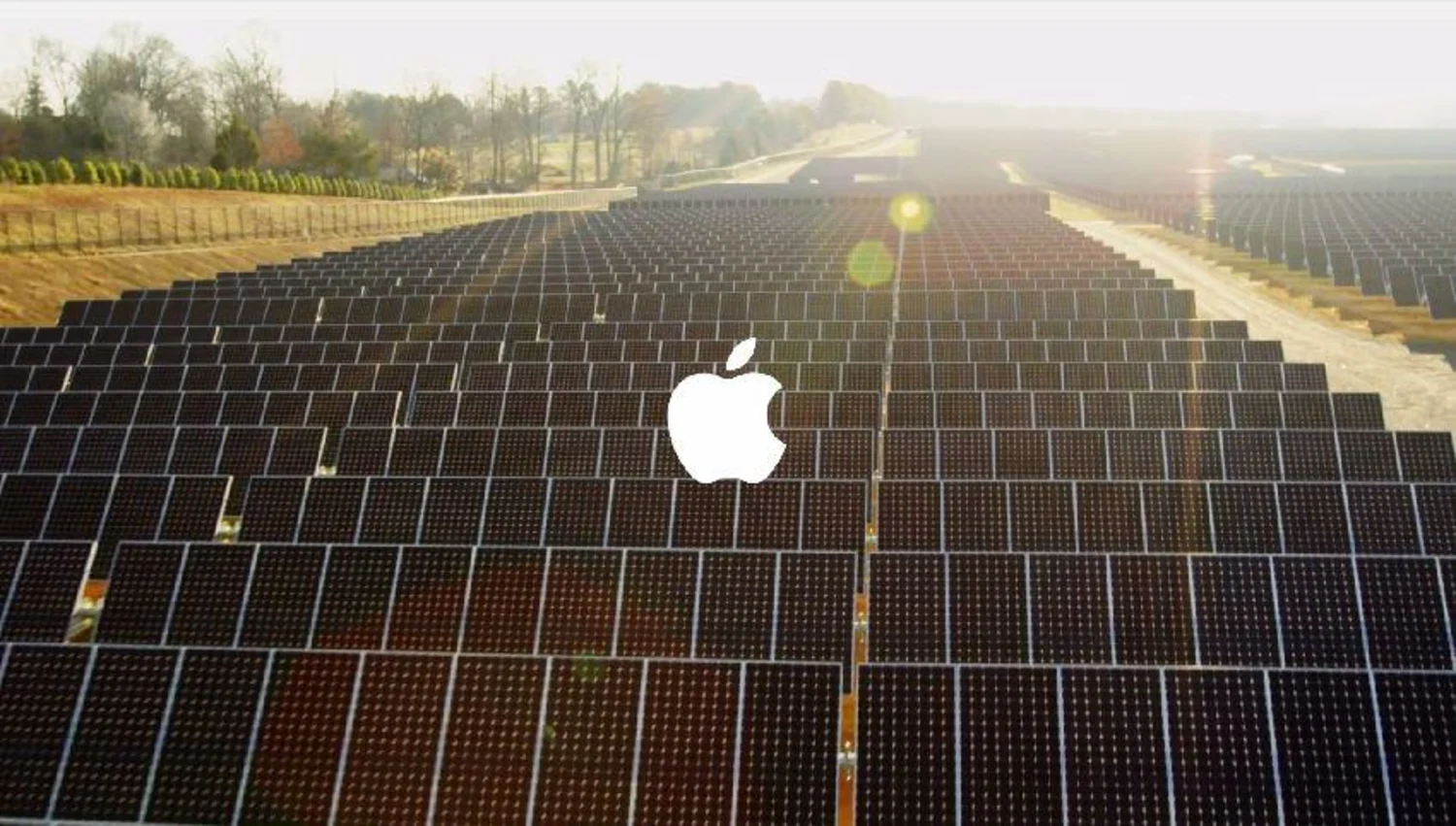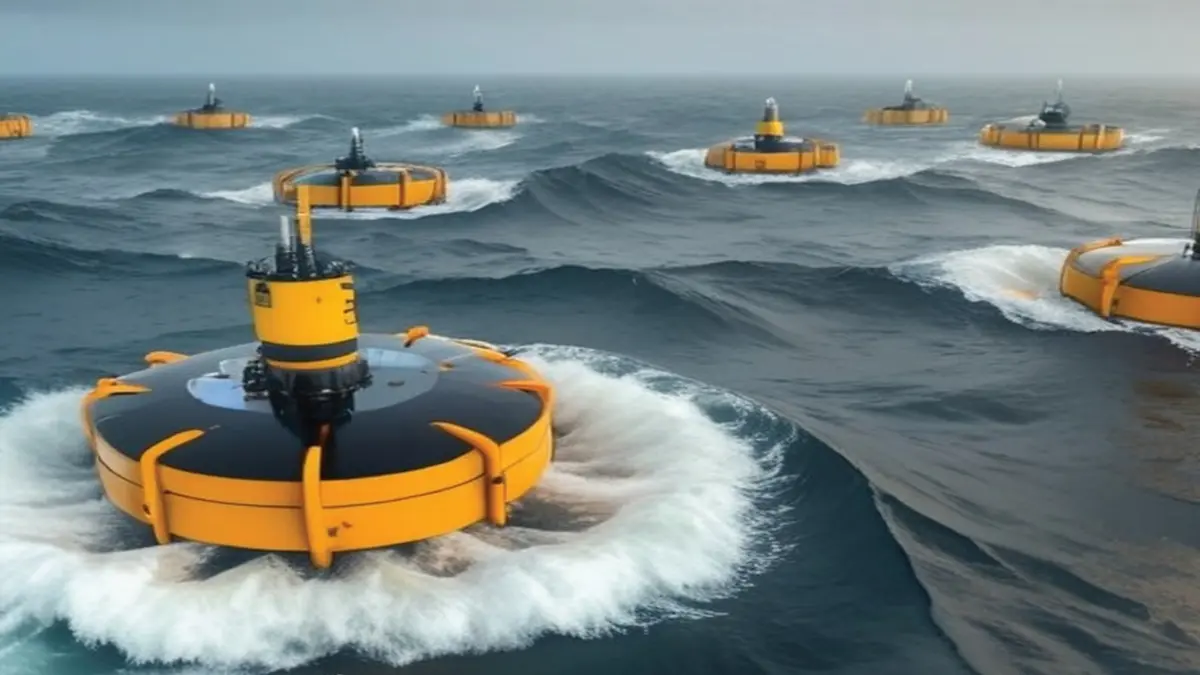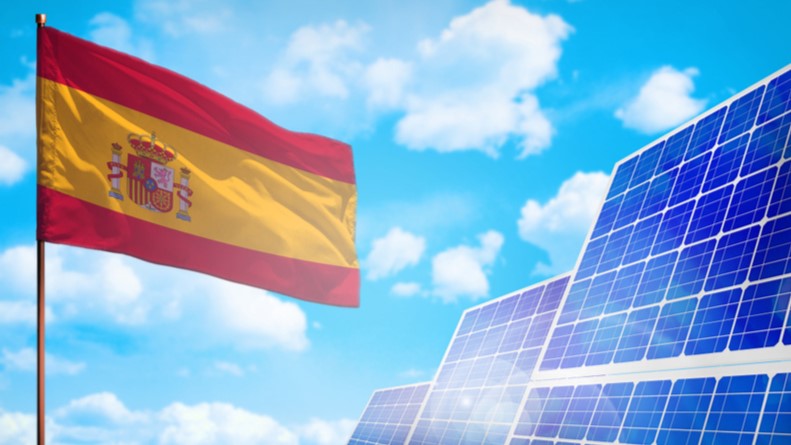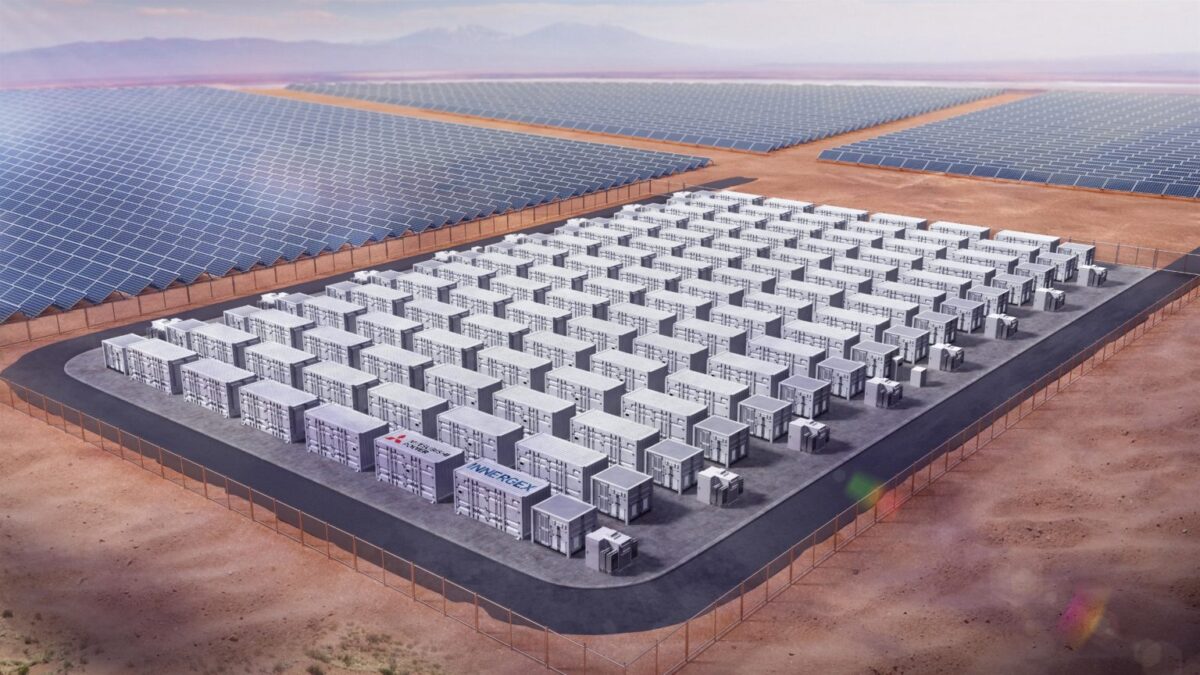Western Australia’s green fuels developer InterContinental Energy (ICE) has announced its Perth-engineered patented P2(H2)Node™ hydrogen production system, which is set to replace bespoke hydrogen projects with a standardised architecture, and allow for expansion of giga-scale hydrogen production.
ICE says the system lowers production costs by 10-20%, through the standardisation, modularity, reduced electrical infrastructure and storage requirements, which will enable faster large-scale hydrogen adoption for industries such as green iron, fertilisers, power, shipping and aviation fuels.
The P2(H2)Node centres the electrolysis systems within the wind and solar fields, minimising electrical losses while transmitting the vast majority of renewable energy in molecular form, rather than electrical form. This significantly improves efficiency and permits storage of hydrogen within the pipeline systems.
ICE Head of Engineering and Innovation Richard Colwill said the key focus of the node architecture is the minimise electrical connection between the renewable energy and the hydrogen production.
“So, we’re physically bringing the two together as close as possible, so that all of the electrical infrastructure of cables, transformers, power systems is minimised to the absolute lowest point possible, and so we take every electron and make it into a hydrogen atom,” Colwill said.
InterContinental Energy Chief Executive Officer Alex Tancock said the P2(H2)Node architecture is a breakthrough in clean hydrogen production.
“By eliminating transmission losses and leveraging a modular approach, we are making green hydrogen cost-competitive at scale for the planet,” Tancock said.
“And the only way we’re going to decarbonise hard-to-abate sectors is through production at scale of green hydrogen, and in order to do that, we need to do really large projects.”
“Large projects are complex and they have higher risk, so to derisk them, we need to use nodal technology to break those big projects down into bite-sized chunks, Lego blocks, if you will, so that we can then produce a cheaper product and then we can scale it up over time, so that we can grow our output, to match what our clients need in the market,” Tancock said.
The P2(H2)Node architecture is the mainstay of the 70 GW Western Green Energy Hub (WGEH), located on the Nullarbor Plain in southwest Western Australia, 440 kilometres east of Kalgoorlie.
Designed to produce and export green hydrogen and ammonia, WGEH boasts a planned 70 GW renewable energy capacity – positioning it as the world’s largest and most cost-efficient green hydrogen hub.
With the support of newly announced Australian Government hydrogen incentives, WGEH is projected to drive down production costs for green ammonia below $1,008 (USD 650) per tonne.
Other projects in ICE’s portfolio include the 26 GW Australian Renewable Energy Hub (AREH), located in the Pilbara region of Western Australia, and 25 GW Green Energy Oman (GEO), in the Middle East.
